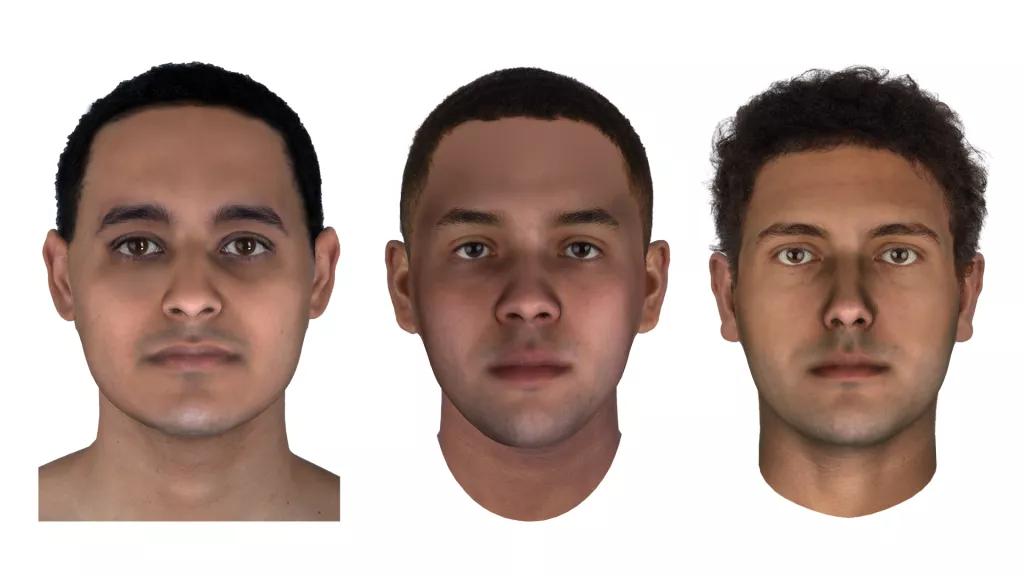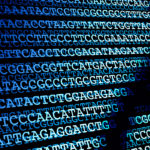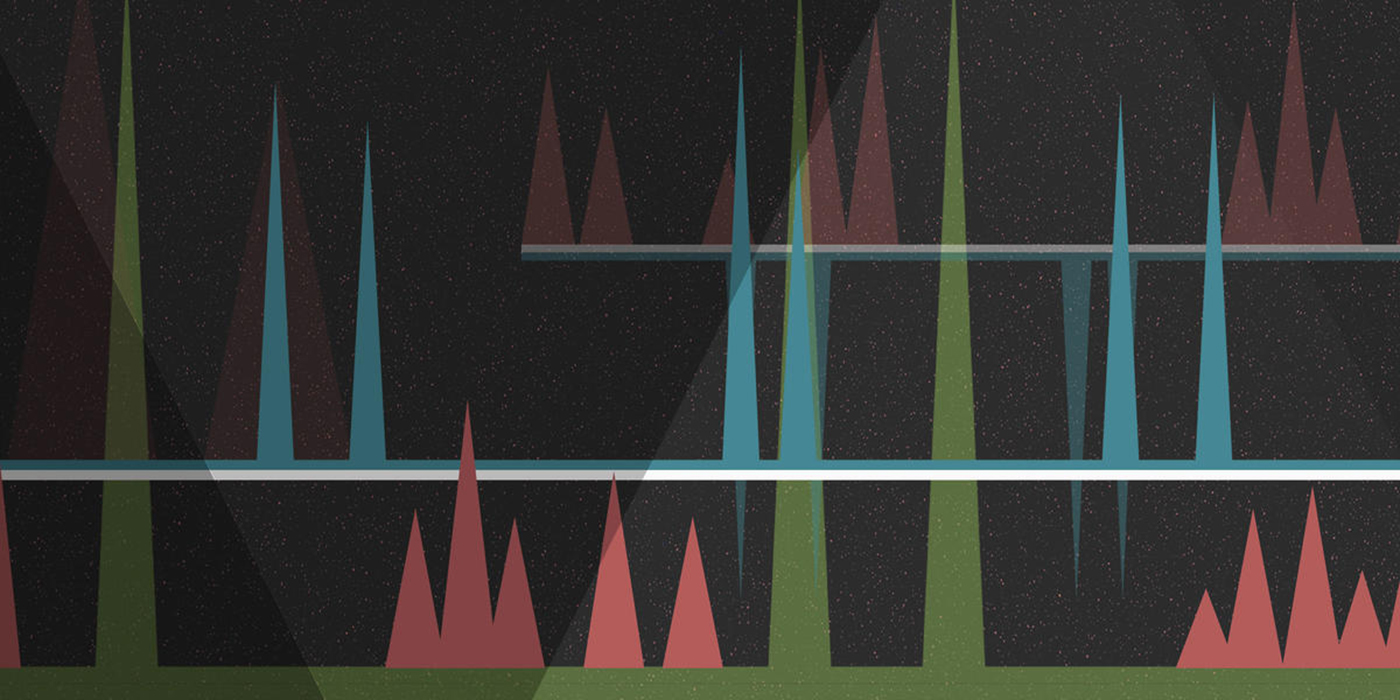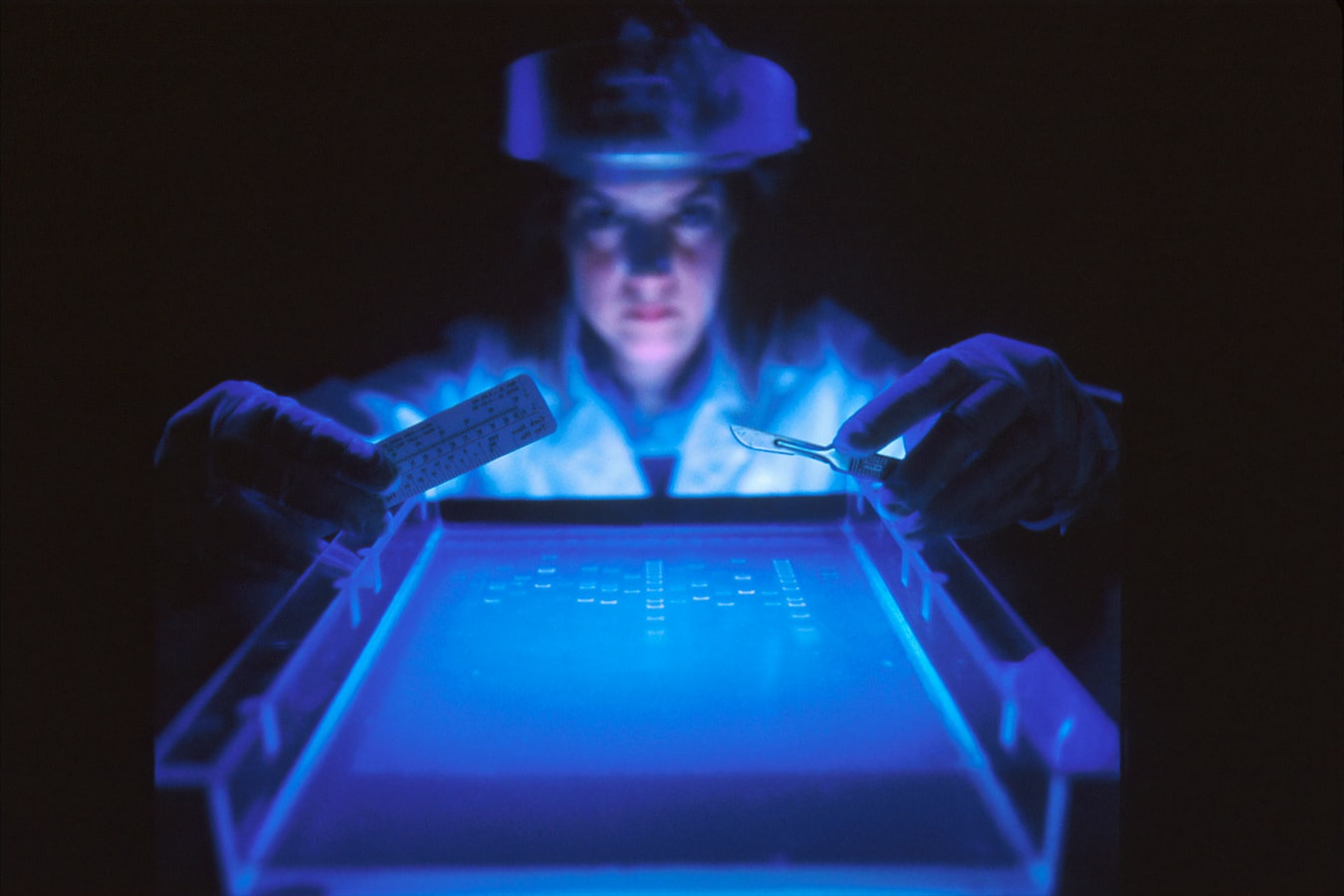Introduction
For the first time, scientists have used advanced DNA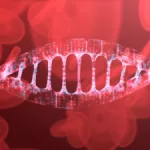 DNA, or Deoxyribonucleic Acid, is the genetic material found in cells, composed of a double helix structure. It serves as the genetic blueprint for all living organisms. Read Full Definition phenotyping to reconstruct the faces of three ancient mummies from Egypt’s Abusir el-Meleq community, dating back over 2,000 years. Parabon NanoLabs showcased these groundbreaking 3D reconstructions at the 32nd International Symposium on Human Identification (ISHI) in Orlando, Florida. This effort combines ancient DNA sequencing, advanced bioinformatics, and artistic expertise to provide a glimpse into the past, revealing detailed phenotypic and facial predictions of ancient Egyptians.
DNA, or Deoxyribonucleic Acid, is the genetic material found in cells, composed of a double helix structure. It serves as the genetic blueprint for all living organisms. Read Full Definition phenotyping to reconstruct the faces of three ancient mummies from Egypt’s Abusir el-Meleq community, dating back over 2,000 years. Parabon NanoLabs showcased these groundbreaking 3D reconstructions at the 32nd International Symposium on Human Identification (ISHI) in Orlando, Florida. This effort combines ancient DNA sequencing, advanced bioinformatics, and artistic expertise to provide a glimpse into the past, revealing detailed phenotypic and facial predictions of ancient Egyptians.
The Science Behind the Reconstruction
DNA Sequencing and Analysis
Researchers from the Max Planck Institute and the University of Tübingen in Germany initially processed the mummies’ DNA. Using enzymatic damage repair, researchers sequenced the genetic material through a targeted capture assay for 1.24 million single nucleotide polymorphismsA single nucleotide polymorphism, or SNP (pronounced "snip"), is a variation at a single position in a DNA sequence among individuals. Read Full Definition (SNPs). Despite the low sequencing coverage (0.13x to 0.96x), Parabon NanoLabs leveraged bioinformatic advancements in low-coverage imputation to dramatically increase SNP call rates—up to 65% in one sample.
Phenotypic Predictions
Parabon employed its Snapshot DNA Phenotyping pipeline, which specializes in handling fragmented and low-quality DNA. The predictions revealed the following about the mummies:
- Ancestry: Closer to modern Mediterranean and Middle Eastern populations than present-day Egyptians.
- Pigmentation: Light brown skin, dark eyes, dark hair, and no freckles.
- Facial Morphology: Detailed 3D face models showing structural variations.
These results align with earlier studies that suggest ancient Egyptians shared more genetic traits with Near Eastern populations than modern Egyptians, who have since experienced additional sub-Saharan admixture.
3D Reconstructions
Using the phenotypic data Information in analog or digital form that can be transmitted or processed. Read Full Definition, a forensic artist from Parabon created detailed 3D reconstructions of the mummies, representing their likely appearance at age 25. The models incorporated pigmentation predictions and emphasized individual differences using heat maps. The results were visualized through 3D graphical meshes, strikingly representing the mummies’ physical features.
Information in analog or digital form that can be transmitted or processed. Read Full Definition, a forensic artist from Parabon created detailed 3D reconstructions of the mummies, representing their likely appearance at age 25. The models incorporated pigmentation predictions and emphasized individual differences using heat maps. The results were visualized through 3D graphical meshes, strikingly representing the mummies’ physical features.
Implications of the Study
Forensic Applications
Parabon’s Snapshot pipeline, originally designed for modern forensic investigations, has demonstrated its versatility in ancient DNA analysis. These methods are revolutionizing our understanding of ancient populations and refining tools for criminal investigations by successfully analyzing DNA samples as small as 10 picograms.
Historical Insights
The findings reinforce historical narratives about ancient Egyptian genetic makeup, suggesting a stronger connection to Near Eastern populations. This study also highlights how advanced bioinformatics can bridge the gap between ancient and modern genetic studies.
Statements from Researchers
Ellen Greytak, Parabon’s Director of Bioinformatics, remarked:
“It’s great to see how genome
Janet Cady, Parabon’s WGS analystA designated person who examines and analyzes seized drugs or related materials, or directs such examinations to be done; independently has access to unsealed evidence in order to remove samples from the evidentiary material for Read Full Definition, highlighted the significance of the work:
“With the introduction of this new imputation technology, we can now handle even the most challenging samples, ancient or forensic.”
Conclusion
The reconstruction of the Abusir el-Meleq mummies represents a landmark achievement in the intersection of bioinformatics, forensic artistry, and ancient DNA analysis. This study not only provides a vivid connection to humanity’s past but also demonstrates the potential of advanced DNA technologies to solve modern and ancient mysteries alike.
As science continues to refine these methods, the potential for uncovering historical truths and advancing forensic applications remains limitless.
A copy of the scientific poster can be downloaded from Parabon’s website at https://snapshot.parabon.com/ishi2021-poster.
Feature Image: Forensic reconstruction of the mummies JK2911, JK2134 and JK2888. (Image credit: Parabon NanoLabs)



